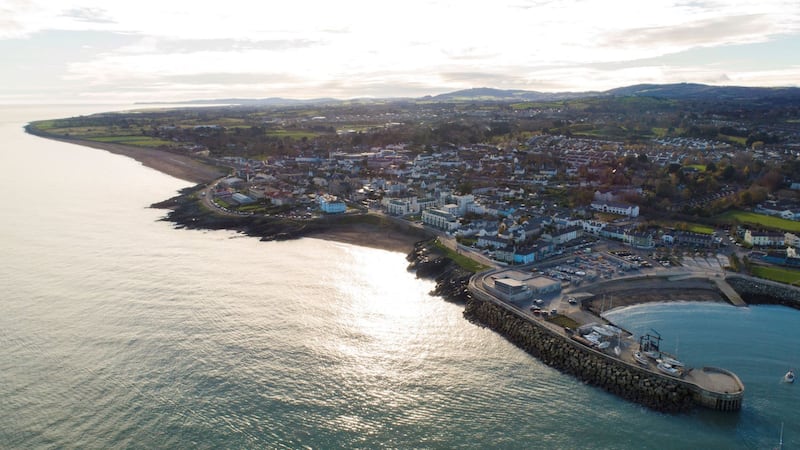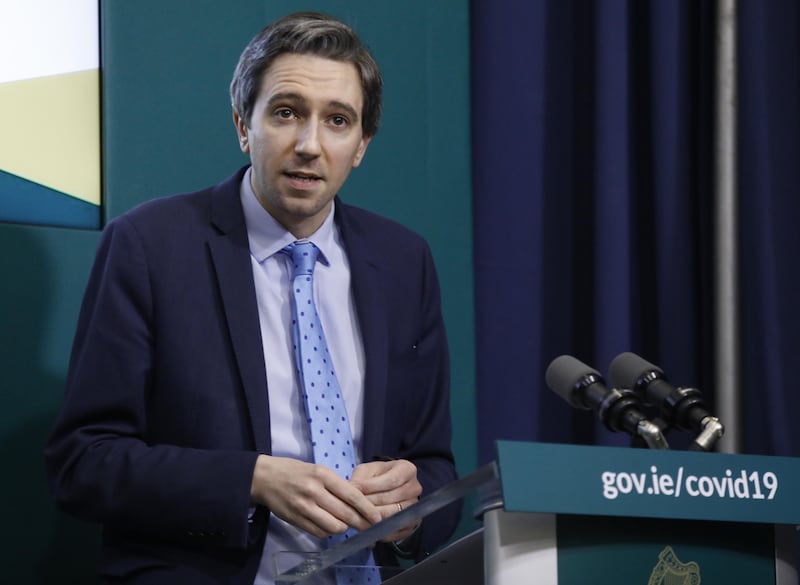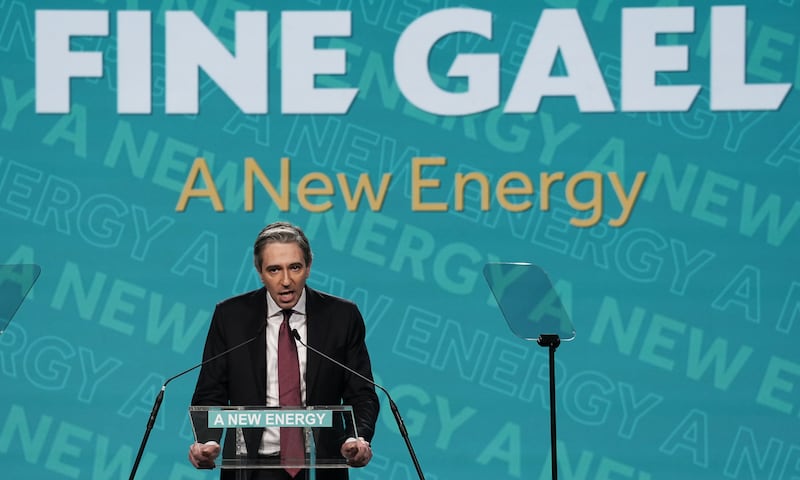Simon Harris, the new taoiseach, is from Greystones, County Wicklow. The town has expanded rapidly in the last 20-odd years and now has a population of about 22,000. It has become a dormitory town for Dublin 15 miles north, easily accessible on the DART.
The population is quite well-heeled, as it always has been. However, Greystones is an outlier in one respect. It’s the most Protestant town in the south, with a Church of Ireland population of nearly 10%. In his biography of Jack Butler Yeats, who moved there in 1910, Bruce Arnold described it as “a stronghold of Protestantism and Unionism, wealthy, stable and rather smug”.
Some of that atmosphere still remains, though it should also be said the town today has the highest percentage of those declaring ‘no religion’ in the latest census: 18.3%.

The only historical links to republicanism are that de Valera lived there in 1918 and was arrested alighting from the Dublin train in May that year as part of the fictitious ‘German Plot’ the British concocted to emasculate Sinn Féin. Oh, and Michael Collins proposed to Kitty Kiernan in the town’s Grand Hotel in October 1921.
Nevertheless, it’s safe to say that Simon Harris wouldn’t have run into many rabid republicans in his formative years. Even Sinn Féin would have been an endangered species. It must have been quite a shock for Harris when Sinn Féin’s John Brady was elected to the Dáil on the first count in 2020 with 24.3% to his 12.3%, and Harris a minister. Still, Brady’s from Bray so that’s OK.
Now you can take a man out of Greystones, but the question is, can you take Greystones out of the man? We don’t know yet but it’s unlikely. Harris has had a meteoric rise but a pretty chequered political record, particularly as Minister for Health.

In the cervical smear check crisis in 2018 he ran foul of his senior officials including chief medical officer Dr Tony Holohan and the head of the Health Service Executive, Tony O’Brien. O’Brien later said Harris behaved like a “frightened little boy” who “runs scared of headlines”.
During Covid, Leo Varadkar and Tony Holohan ran the government response rather than Harris. Since then, as Minister for Higher Education, he has had a lower profile. He seems to have concentrated on manoeuvres to succeed Varadkar.
On the national question his views are unknown and, as predicted in this column, his first speech as Fine Gael leader on Saturday was silent on the matter. He only commented later, answering questions on RTÉ's Week in Politics and This Week, and then it was the usual boilerplate stuff from southern leaders: “I want to see a united Ireland. I believe in a united Ireland.”

Except of course it’s not a priority and to be fair, in Harris’s case, his priority is to get Fine Gael re-elected after 14 years. As one paper headlined his weekend performance, “New leader high on platitudes, low on detail”, which sums up his responses to questions on the north.
The Irish government must be the only one in the world which has an objective, a constitutional imperative, repeated dutifully, religiously, but no plan to achieve it and refuses to do anything to achieve it. What Simon Harris’s platitudinous waffle demonstrate is he couldn’t care less what happens north of the border as long as Sinn Féin and the DUP manage to get on together in Stormont
The difference is that with matters like housing, education and immigration and so on there are plans, however vague and unsatisfactory. On reunification – a constitutional imperative – there’s nothing. A fundamental rule in business, in battle, in sport, is that if you have an objective you need to have a plan to achieve it. Harris hasn’t got one. In fact, to quote Dominic Cummings about his former boss Boris Johnson, Harris hasn’t “got a Scooby”. Harris thinks all he has to do is intone “I believe in a united Ireland and my political aspiration is that we would see one in my lifetime”, then move swiftly on.
- Simon Harris has it wrong: Whatever the cost, Ireland reunited will always trump an Ireland divided – Tom CollinsOpens in new window
- Simon Harris: New taoiseach will be judged on actions, not words - The Irish News viewOpens in new window
- Brian Feeney: The main challenge for Simon Harris is to make Fine Gael electable againOpens in new window
The Irish government must be the only one in the world which has an objective, a constitutional imperative, repeated dutifully, religiously, but no plan to achieve it and refuses to do anything to achieve it. In Harris’s case he says his priority is “the full potential and beauty of the Good Friday Agreement”. Does he realise that the full potential of the GFA is a mechanism for establishing the self-determination of the Irish people through a referendum? It seems not. He witters on about it being rather peace and prosperity across this island and closer relationships with the UK.
What his platitudinous waffle does is demonstrate that Harris couldn’t care less what happens north of the border as long as Sinn Féin and the DUP manage to get on together in Stormont. We all know from recent experience what happens when Dublin ignores the north.




